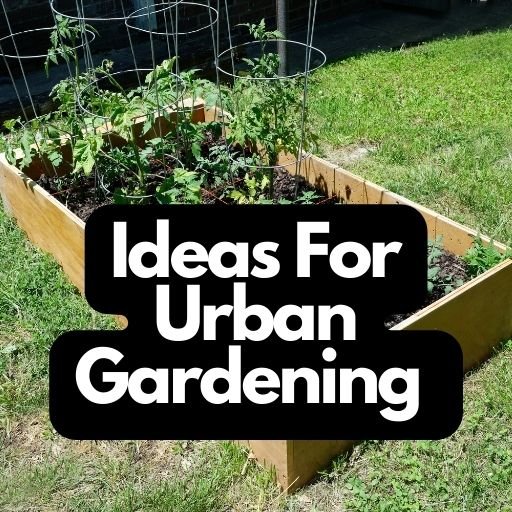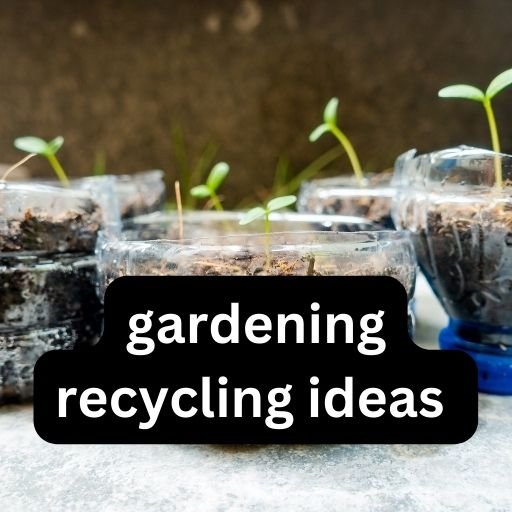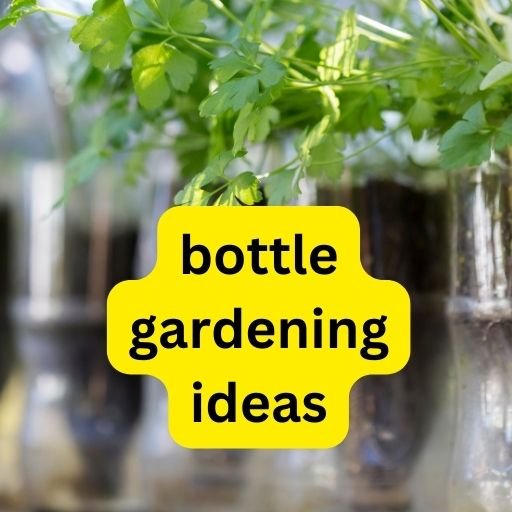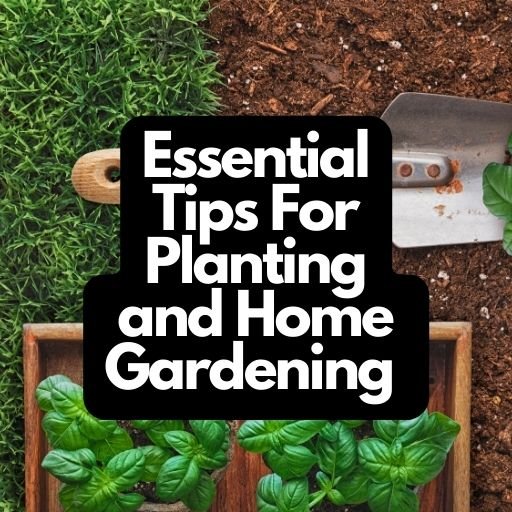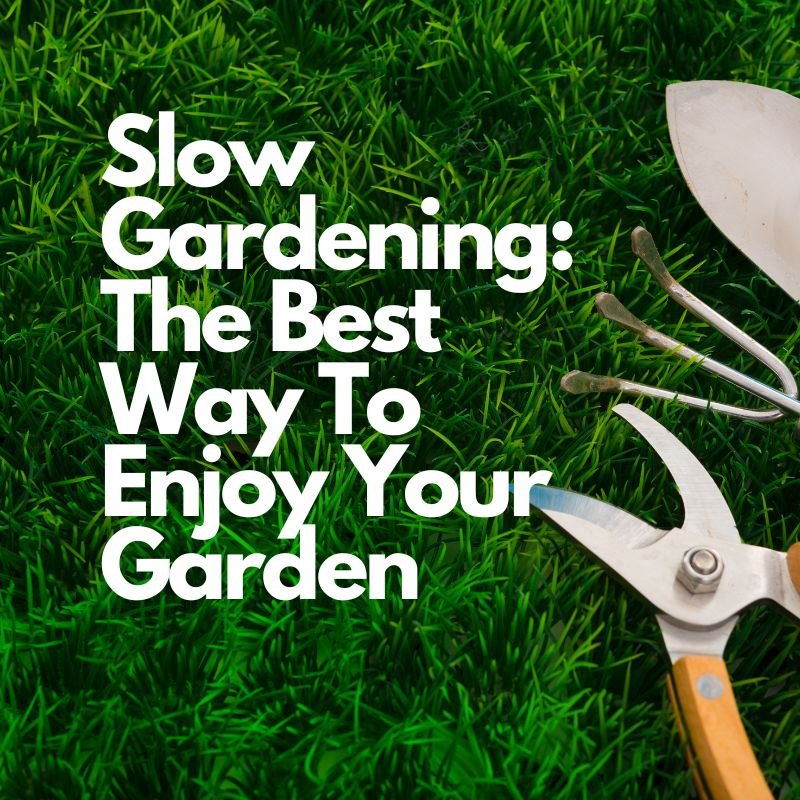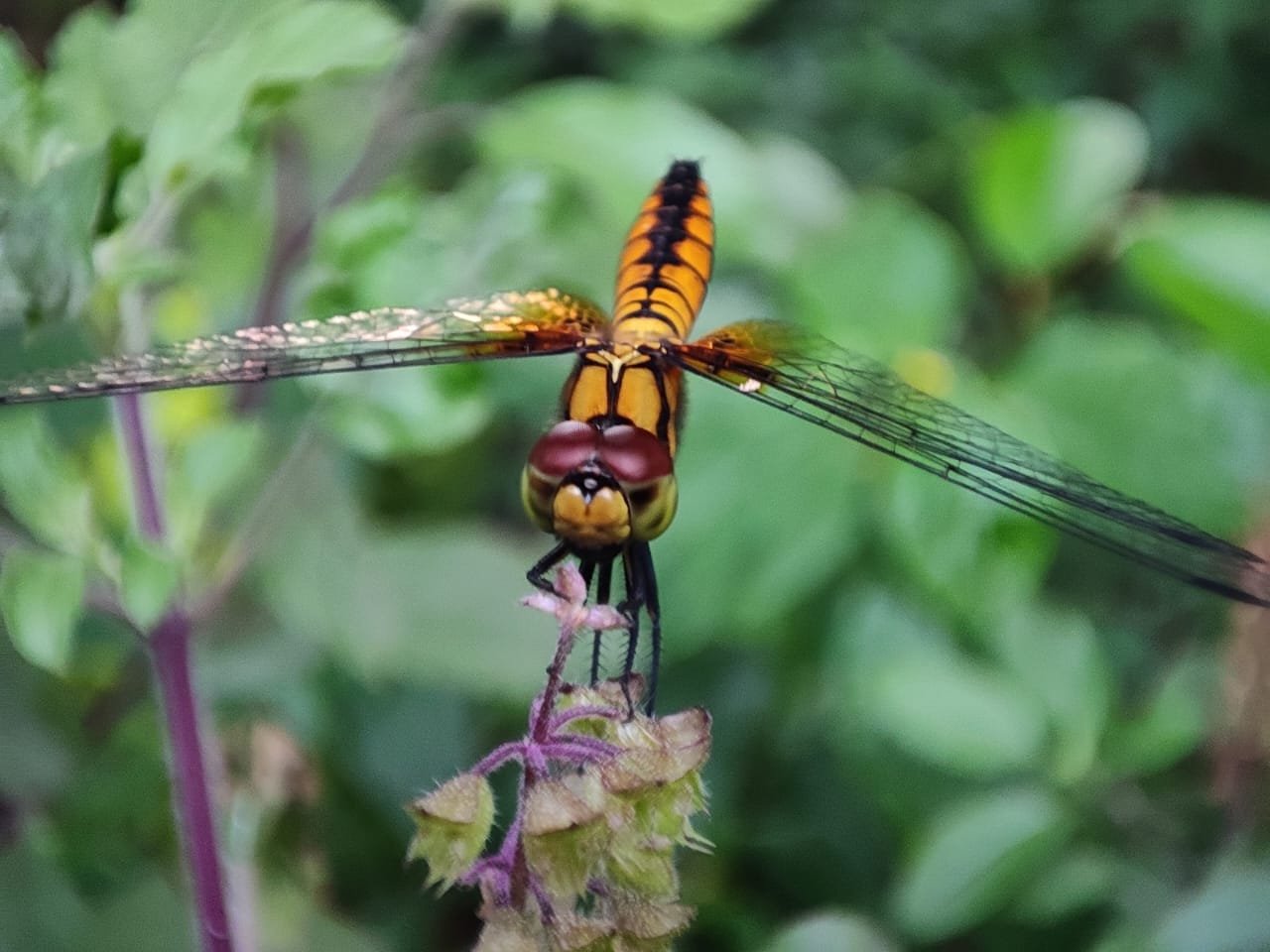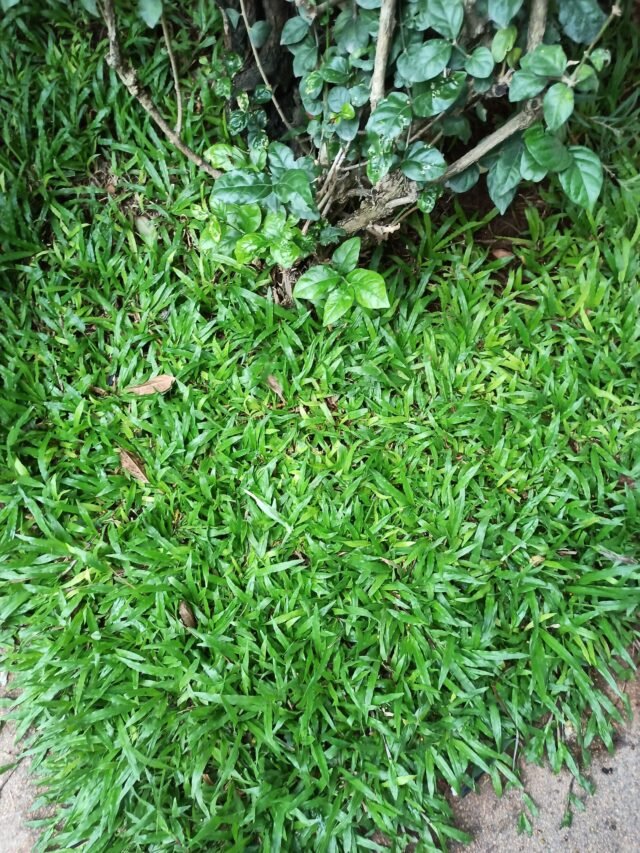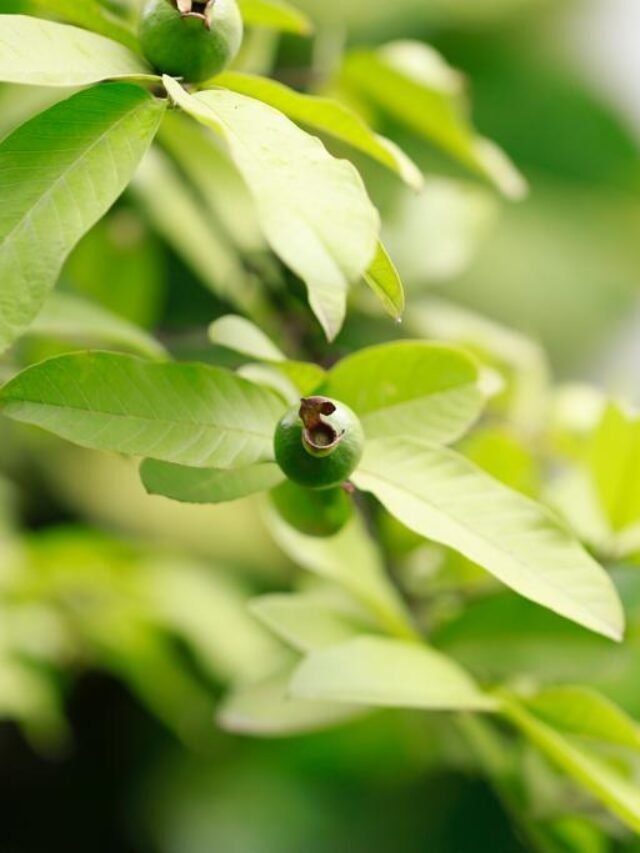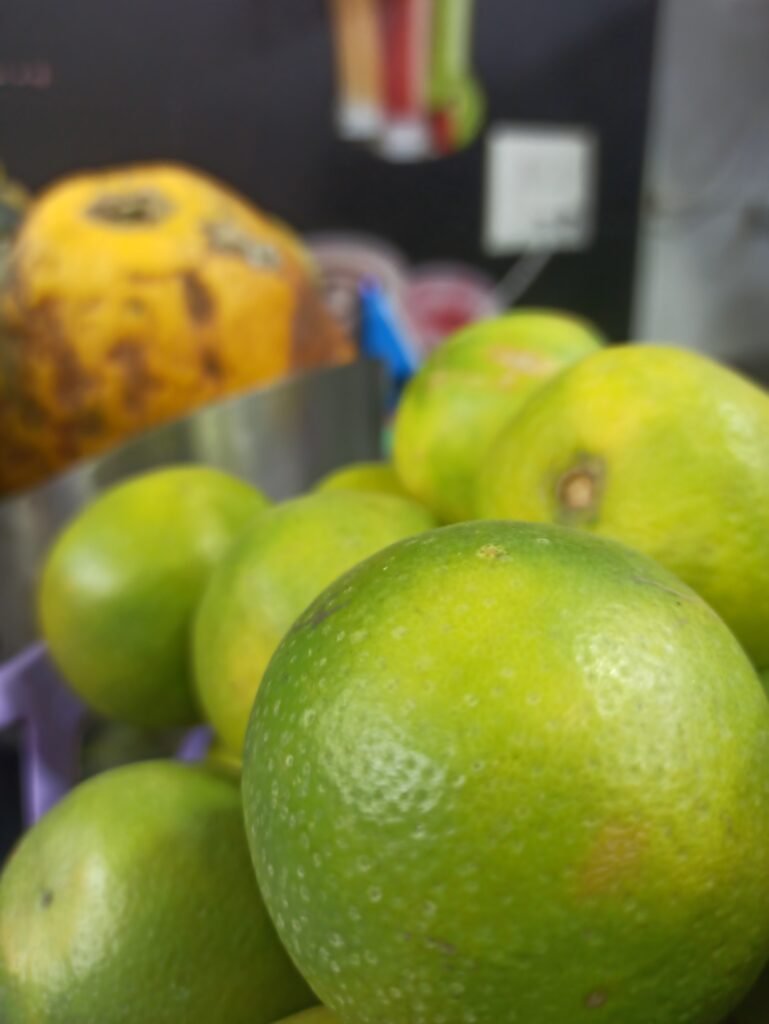7 Creative Water Gardening Ideas To Bring Life To Your Outdoor Space
Water gardening is all about adding life and character to your outdoor space. Whether you’re looking for a show-stopping centerpiece or a peaceful spot for reflection, water gardening has something for everyone. From simple bird baths to more elaborate water features, there are plenty of creative ideas out there that can help bring life and beauty to your outdoor area. In this blog post, we will explore 7 creative water gardening ideas that can transform an ordinary outdoor space into an oasis of tranquility. Read on to learn more!

If you’re looking for a creative way to spruce up your outdoor space, consider a container water garden. Container water gardens are easy to set up and maintain, and they can be customized to fit any size space.
To get started, you’ll need a container (or multiple containers) that can hold water. Planters or pots are a good option, but you can also get creative and use recycled materials like barrels or old tires. Once you have your container (or containers), add some rocks or gravel to the bottom for drainage. Then, fill the container with potting soil and plant your chosen aquatic plants.
Water gardens are a great way to add visual interest to your outdoor space and create a relaxing oasis. Plus, they’re perfect for small spaces since they don’t take up much room. With just a little bit of planning, you can easily create a beautiful container water garden that will transform your outdoor area into a tranquil retreat.
Waterfalls are one of the most popular features in water gardens. They can be used to create a focal point, add movement and sound, and provide a naturalistic look. There are many different ways to incorporate a waterfall into your garden, and the following are just a few ideas to get you started.
One of the simplest ways to add a waterfall is with a pre-formed pond kit. These kits come with everything you need to create a small pond, including a liner, pump, and all the necessary plumbing. You can then add rocks or other materials around the pond to create your desired look.
If you have more space available, you could build a larger pond and incorporate a waterfall into it. This can be done by excavating a hole for the pond and lining it with waterproof material. Then, you can build up rock walls around the perimeter of the pond to create your waterfall. Once again, all necessary pumps and plumbing will need to be installed before filling the pond with water.
Another option is to create a stand-alone waterfall without an accompanying pond. This can be done by constructing a rock wall or using pre-formed concrete blocks to support the weight of the water as it falls from its source (usually a hose or pipe). Stand-alone waterfalls are often used in conjunction with other water features such as koi ponds or streams.
Finally, don’t forget that waterfalls can also be created indoors! If you have an unused
Whether you’re looking to add a water feature to your garden for aesthetic or functional purposes, there are a variety of fountains to choose from that can bring life to your outdoor space. Solar-powered fountains are a great option if you’re looking for something eco-friendly, while electric or battery-operated fountains offer more flexibility in terms of placement. If you have a larger budget, consider a professionally installed fountain – the options are endless!
No matter which type of fountain you choose, be sure to place it in an area that gets plenty of sun and has good drainage. Once you’ve found the perfect spot, sit back and relax as you enjoy the calm sound of trickling water.
Pondless water features are a popular choice for many homeowners because they are easy to maintain and can be customized to fit any space. There are many different types of pondless water features, so you can find one that fits your style and needs.
If you are looking for a low-maintenance option, consider a pondless waterfall. Pondless waterfalls don’t require any chemicals or filtration, so they are very easy to care for. You can customize the size and shape of your pondless waterfall to fit your space, and they can be installed above-ground or in-ground.
If you want a water feature that will attract wildlife, consider a pondless stream. Pondless streams are a great way to provide water for birds and other animals, and they can add a beautiful focal point to your landscaping. Like pondless waterfalls, pondless streams are easy to care for and can be customized to fit your space.
Pondless fountains are another option if you want a water feature that is easy to maintain. Pondless fountains come in many different styles, so you can choose one that fits your taste. They range from simple tabletop fountains to more elaborate designs that include LED lights and bubbling stones. Most pondless fountains only need to be filled with fresh water once a week, so they are very low maintenance.
If you have kids or pets, you may want to
When it comes to water gardening, there are many different ways to add life to your outdoor space. One way is to install a rain garden. Rain gardens are a great way to keep your yard from flooding, and they also help to filter out pollutants from runoff water. They can be created using a variety of different plants, and they can be customized to fit any size yard.
Another creative water gardening idea is to add a pondless waterfall. Pondless waterfalls are a great way to add the sound of running water to your garden without having to worry about maintenance or safety. They can be created with a variety of different materials, and they can be customized to fit any budget.
Finally, you might want to think about including a fountain or birdbath in your landscape. In addition to giving birds a place to drink and wash, birdbaths and fountains enhance the beauty and appeal of your yard. You can pick a fountain that suits your needs because they come in a range of forms and sizes.
Bog Gardens
A bog garden is a type of water garden that is created by planting vegetation in a shallow bowl or tray filled with fresh or stagnant water. Bog gardens are often used to cultivate aquatic plants such as water lilies, irises, and sedges.
Bog gardens can be created using a variety of different methods, but the most common method is to fill a container with soil and then add water until the soil is saturated. Once the soil is saturated, the container can be placed in a sunny spot outdoors and planted with aquatic plants.
Bog gardens are relatively easy to care for, but there are a few things to keep in mind. First, it’s important to make sure that the container you use has adequate drainage so that excess water can escape. Second, the plants in your bog garden will need to be watered regularly – at least once per week – and fertilized every few weeks. Lastly, it’s important to remove any dead leaves or other debris from the water surface on a regular basis to prevent stagnation.
Living Walls
- Living walls are a creative way to add life to your outdoor space.
- They can be used to create privacy, add color and interest, and even help purify the air.
- Living walls can be created using a variety of plants, including succulents, ferns, vines, and creepers.
- They can be hung on fences, trellises, or other support structures, or they can be freestanding.
- With a little creativity, living walls can be an attractive and functional addition to any outdoor space.
5 Ways To Get Rid Of Ringworm On Your Dog

